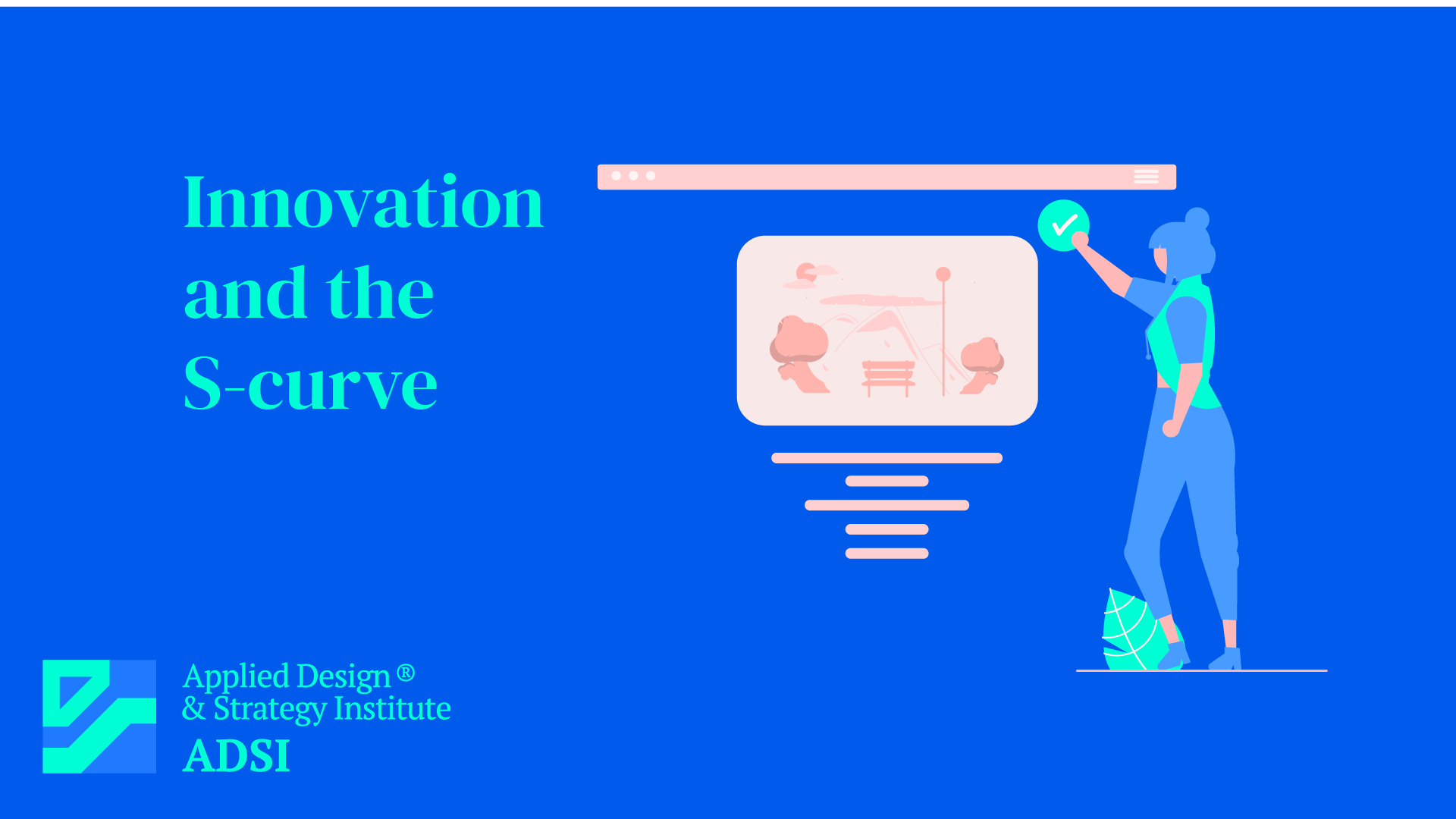Innovation S-Curve
Introduction to the Innovation S-Curve
The Innovation S-Curve is a model used to describe the adoption and maturation of new technologies or products over time. The curve illustrates how an innovation progresses through stages of initial development, rapid growth, and eventual maturity and decline. This concept is fundamental in understanding the lifecycle of technologies and products in business and economics.
Phases of the Innovation S-Curve
- Introduction Phase: This initial stage is characterized by slow growth. The innovation is new, and adoption is limited due to factors like unfamiliarity, high costs, or undeveloped markets.
- Growth Phase: In this stage, the innovation gains more acceptance, and its adoption rate accelerates. Improvements in technology, increased awareness, and cost reductions contribute to this growth.
- Maturity Phase: The growth rate starts to slow as the market becomes saturated. The innovation is well-established, and the majority of the target market has adopted it.
- Decline Phase: Eventually, the innovation may enter a decline phase, often due to the emergence of newer, more advanced technologies or changing consumer preferences.
Applications in Business and Strategy
- Technology Planning: Helps businesses in anticipating the lifecycle of their products and technologies.
- Resource Allocation: Guides where to allocate resources, such as investing in new innovations at the growth stage or managing mature products for profitability.
- Market Forecasting: Assists in predicting market potential and planning for future trends.
Benefits of the S-Curve Model
- Strategic Insights: Provides a framework for understanding how innovations evolve over time.
- Competitive Advantage: Helps businesses in timing their market entry and exit for maximum advantage.
- Risk Management: Identifies potential risks associated with each stage of the innovation lifecycle.
Challenges and Limitations
- Predictive Difficulty: It can be challenging to accurately predict the progress of an innovation along the S-Curve.
- Dynamic Markets: Rapidly changing market conditions and technological advancements can disrupt the typical S-Curve pattern.
- One-Size-Fits-All Approach: The model may not accurately reflect the unique trajectory of every innovation.
Strategies for Leveraging the S-Curve
- Continuous Innovation: Regularly introducing new innovations to stay ahead as existing products or technologies mature.
- Market Research: Conducting thorough market research to understand where an innovation stands in its lifecycle.
- Adaptability: Being prepared to adapt strategies as market conditions and technologies evolve.
Conclusion
The Innovation S-Curve is a valuable tool for understanding the lifecycle of innovations and guiding strategic decisions. It highlights the importance of timing, market awareness, and continuous innovation in maintaining competitiveness in a rapidly evolving marketplace.



Vavadacasino.Mystrikingly.Com
Hi! I know this is kinda off topic but I was
wondering which blog platform are you using foor
this website? I’m getting fed up of WordPress because I’ve had
issues wth hackers and I’m looking att alternatives for
anther platform. I would be awesome if you could point me in the direction of a good
platform.
my blog Vavadacasino.Mystrikingly.Com